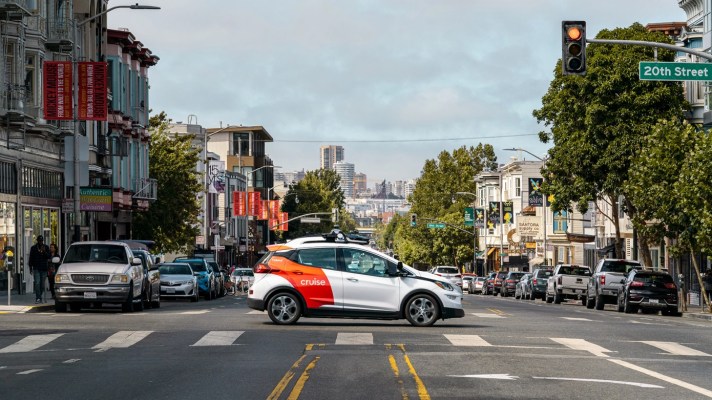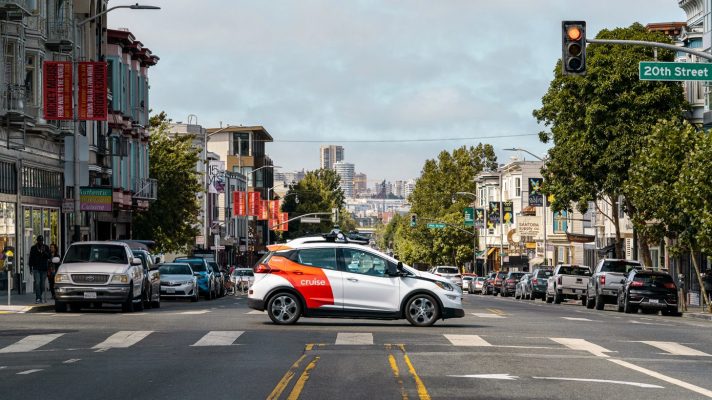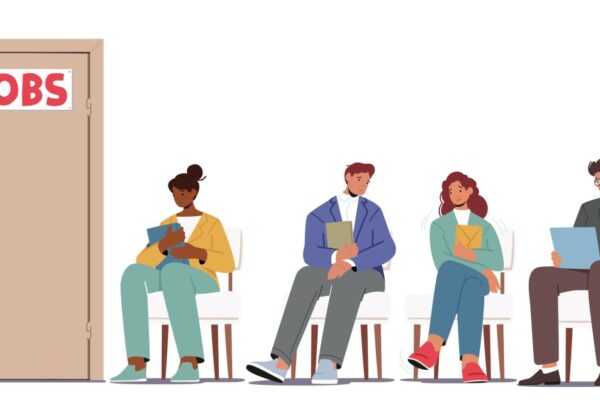
Cruise, the autonomous vehicle unit under GM, reported a software recall and update in 80 of its robotaxis following a crash in June.
The crash, which resulted in minor injuries to two riders, received national attention because it occurred a day after Cruise received the final permit from California regulators to commercialize its driverless robotaxi service.
Cruise said in a regulatory filing with the National Highway Traffic Safety Administration that the software recall was issued because of a “rare circumstance” in which the automated driving system caused the driverless robotaxi — which did not have a human safety driver behind the wheel — to hard brake while making an unprotected left turn.
Cruise said in an emailed statement that it submitted the voluntary filing in the interest of transparency to the public and added that it pertains to a prior version of software and does not impact or change its current on-road operations.
“The report explains how the Cruise AV responded to an oncoming vehicle speeding in the wrong lane, and how through our normal course of continuous improvements, Cruise AVs are even better equipped to prevent this singular, exceptional event,” the Cruise statement continued.
Cruise said that only one such incident has occurred in over 123,560 driverless unprotected left turns performed prior to the updated software release. Cruise installed a software update so this scenario would not recur.
In the June 3 incident, an oncoming vehicle was traveling 40 miles per hour in a 25-mph restricted right-turn/bus-only lane as the Cruise AV was making an unprotected left turn, according to the regulatory filing. As the robotaxi began to make the left turn, the automated driving system predicted that the oncoming vehicle would turn right and directly into its path. As the Cruise robotaxi braked to avoid a collision, the oncoming vehicle moved out of the right-turn lane and proceeded straight through the intersection colliding with the AV’s rear right quarter panel, the report said.
Cruise said the the automated driving system had to decide between two different risk scenarios and chose the one with the least potential for a serious collision at the time, before the oncoming vehicle’s sudden change of direction.
The NHTSA opened a special investigation — not a formal investigation — into the crash. NHTSA’s special crash investigations program focuses on cases useful for examining special crash circumstances or outcomes from an engineering perspective.





